F-Gas Regulation
F-Gas Regulation was introduced by the European Union to help control emission levels generated by fluorinated greenhouse gases (f-gases) such as hydrofluorocarbons (HFCs). Current f-gas regulation was introduced in January 2015 & replaced the previous original regulation which had been put in place since 2006.
The Regulation put in place 3 main measures:
- Banning the use of F-gases in equipment where there are less harmful options available. This could be in domestic/supermarket fridges, air conditioning or aerosols.
- Restricting the total amount of f-gases which can be sold within the EU. This will be phased down in steps so that it is 1/5 of 2014 sales by the year 2030.
- Reducing the emission of f-gases being used in current equipment through carrying out regular inspections, servicing & recovery of f-gases when the equipment’s life cycle has finished.
HFC Phase-Out
Due to the global warming potential of HFC gases refrigerant manufacturers have been given allocated quotas for the HFC gases they supply in Europe. A target has been put in place to cut current levels down to 21% by 2030. With the refrigerant R22 already phased out, the refrigerants R404A & R507 are also in the process of being phased out. Product & service bans have also been put into effect. From 2020, R404A & R507 refrigerants will be completely banned from stationary refrigeration systems which have a charge greater than 10kg.
Keep Records
F-gas regulation has lead to all companies having to keep records of gases & refrigerants used. The following information should be recorded:
- Whether the gas is recycled/reclaimed
- The quantity & type of gas installed
- The quantity of gas recovered
- The details of the person who carried out the inspection
- The results of leakage tests
- Measures taken place to recover & dispose of the refrigerant at the end of its life cycle







